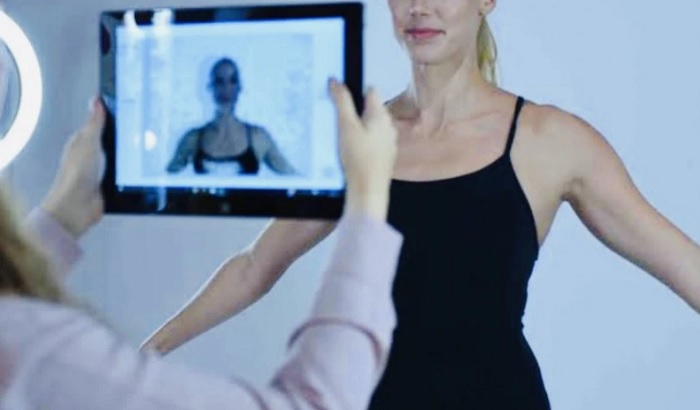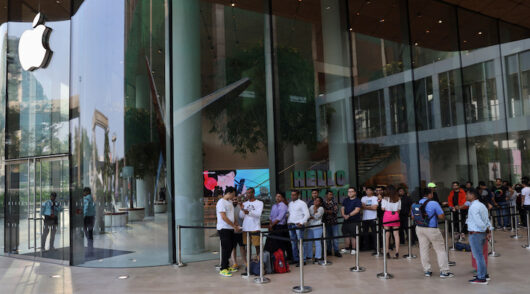The rise in new technology trends in the fashion industry has left many Australian fashion retail brands floundering, but some, like Daniel Avakian and Citizen Wolf, have adapted to them and are testing new ways to engage with customers and reach out to new markets.
Avakian, who has been at the helm of the DA brand for 15 years, said the team is currently working on a new concept called custom real time fashion, which is set to launch later this year.
Custom real time fashion will incorporate remote customer 3D body scanning and photo realistic avatars. It will also feature online editing to create a custom suit alongside the Daniel Avakian design team.
“I want to be able to design on a Friday and simulate my design by the following Wednesday, enabling us to limit our carbon footprint to zero, [because] if a style doesn’t work, we can just press ‘delete’,” Avakian said during a panel discussion at Afterpay Australian Fashion Week.
“We’re also integrating other technologies into our workflow, such as our 3D body scan technology because ideally, we want customers globally to be able to [do a] body scan, buy a product that we’re showcasing in real time and be able to get that garment customised.”
Avakian said new digital tools and technology have changed the landscape of the world of fashion with emerging trends offering designers a wealth of new opportunities.
“I want to be able to capture that trend in the moment and showcase that to our customers within days, rather than having to design a collection, market that collection and three months later, cross your fingers and hope it sells,” he said.
DA is not the only brand that is introducing new technology to tap into the remote consumer.
Ethical clothing retailer Citizen Wolf, which introduced proprietary technology that allows people to order custom T-shirts, wants to move further with this concept and actually showcase a closer version of the customer’s body on its site after inputting his or her data online to let the shopper see how the shirt would fit.
“We’ve got an interesting project on the boil at the moment,” said Zoltan Csaki, co-founder Citizen Wolf. “We ask pretty significant info from people, height, weight, age and bra [size], and then, once people enter those details into the system, we plan to use new artificial intelligence (AI) technology that will allow all the photography on the website to change and look like a more aspirational version of one’s body.”

“You will no longer need to imagine what a product might look like on you because all of the photography on the page can change based on the inputs that you’ve given us and we’re now building that tech.”
According to Leila Naja Hibri, CEO Australian Fashion Council, while many Australian retailers have recently tapped into augmented reality and virtual reality and introduced other new technologies, Covid showed the country’s fashion industry that it still has a long way to go and more needs to be done.
“Covid informed the industry that we need to be forward-thinking in terms of innovation and technology,” Hibri said. “We found ourselves without the technology, without the skills, without the infrastructure to be able to make things work [during Covid], so I think we’ve all woken up to the need to take a step forward, take a little bit of a risk and hopefully be mindful innovators of the future.”
The evolution of local manufacturing
The cost of labour has made it impossible for local manufacturing to take place and only a handful of fashion brands are able to produce on Australian shores, including Nobody Denim, Citizen Wolf, Aussiebum and Bassike.
“This is where we can think about bringing in technology,” noted Hibri. “We produce 80 per cent of the world’s merino wool production, we send it all to China or other countries, we add value to it and then send it back to get spun and then get it ready for manufacturing. Imagine if we did some of this here, incorporating technology into our production.”
The Iconic CEO Erica Berchtold added: “If you could combine data with local manufacturing, that would be enormously powerful, like having the ability to turn things around quickly with less wastage.”
Avakian suggested the industry should have its own manufacturing-centric hub, somewhere in Australia which had the latest robots to open up the possibility to reshore much of the manufacturing that has gone overseas in the past few decades.
“I think Australia can really dominate the world market potentially because we have so many creatives in this country and we’re already on the world stage for that,” he said.






